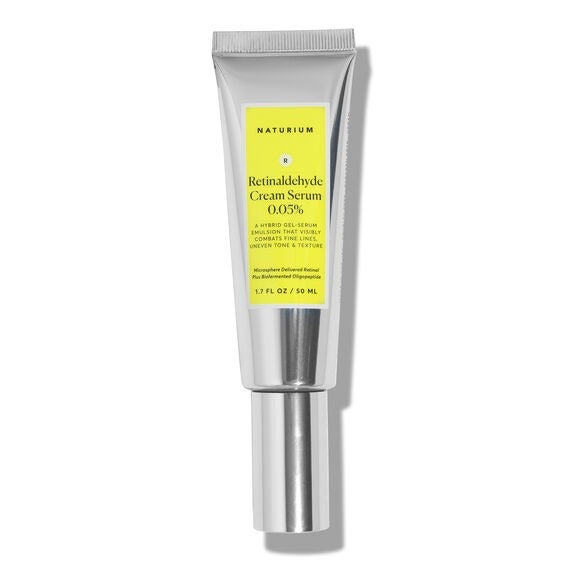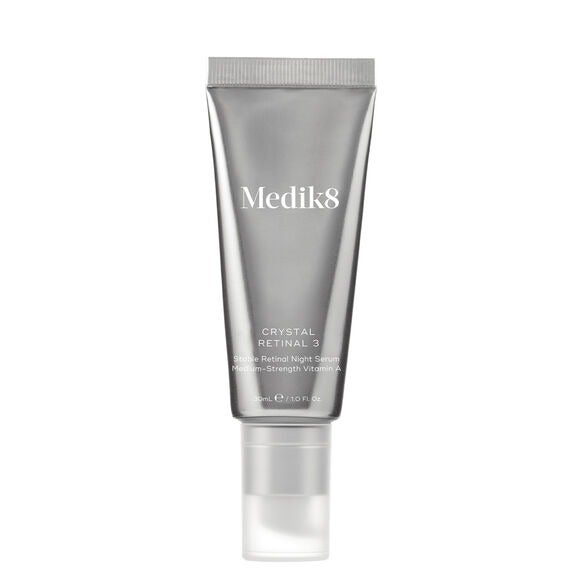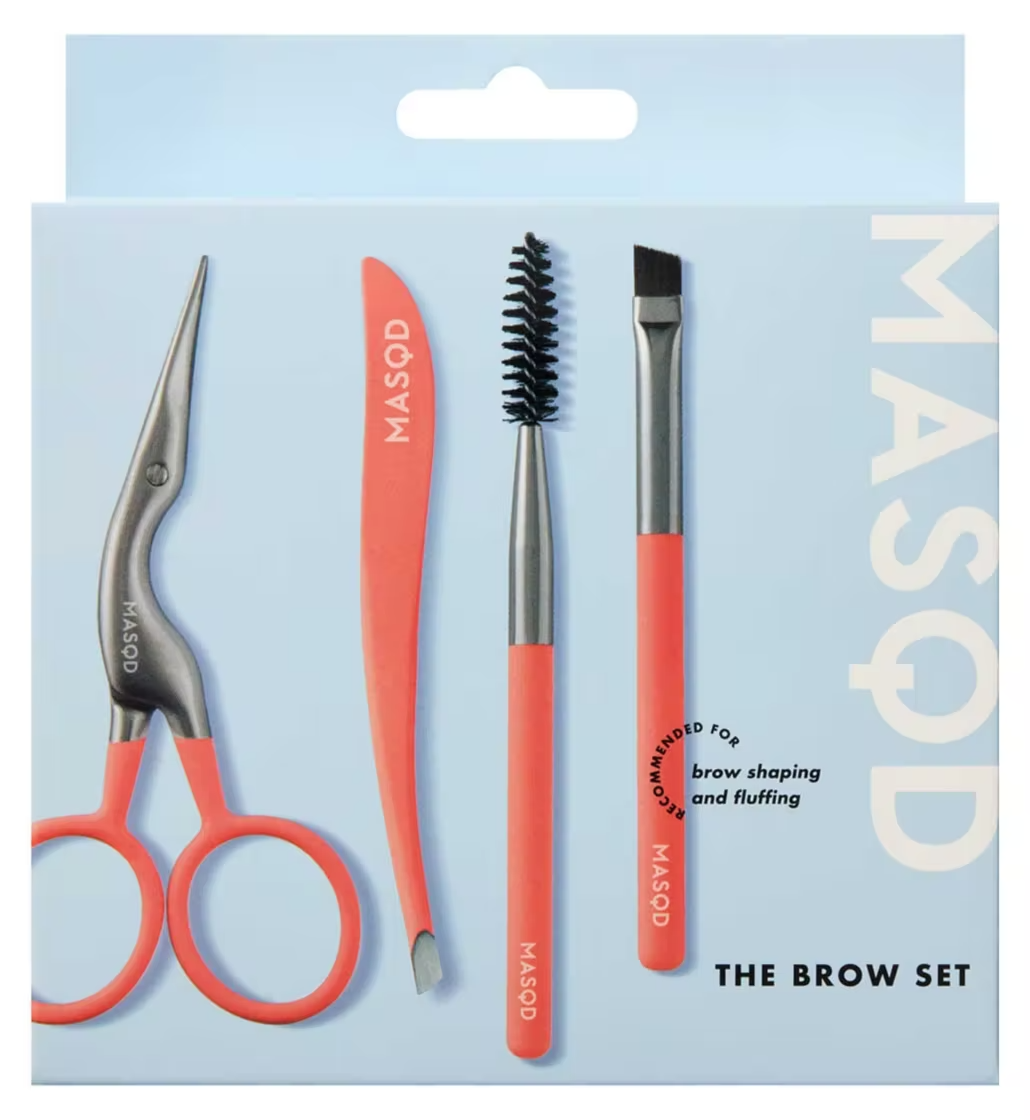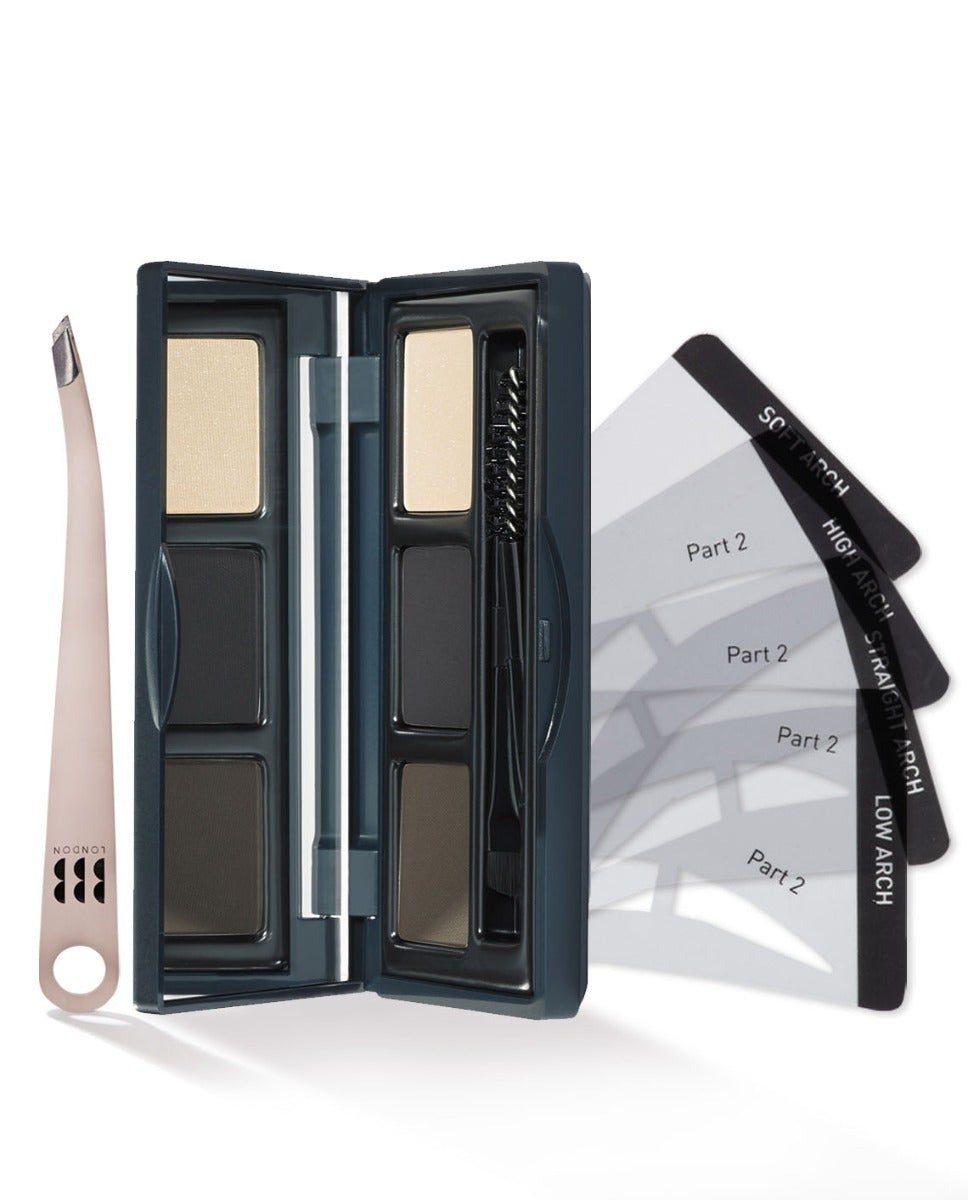All linked products are independently selected by our editors. If you purchase any of these products, we may earn a commission.
A popular TikToker with hundreds of thousands of followers recently went viral for sharing her must-have beauty treatments: builder gel manicure; dermaplaning facial; laser hair removal; teeth whitening; Botox injections. As I added up the cost in my head, it read more like a price list from an exclusive central London spa, but in a world where Photoshop and filters warp our reality, I admired her transparency. My appreciation was dashed, however, when I spotted the accompanying hashtags: #HighMaintenanceToBeLowMaintenance and #HighMaintenanceFemale.
AdvertisementADVERTISEMENT
The phrase “high maintenance to be low maintenance” has taken TikTok — where it has 151.7 million views for mentions and hashtags — by storm, thanks to beauty influencers and enthusiasts. The premise is simple: Professional treatments will save you precious time and energy in the long run; no frenzied leg-shaving, painstaking brow-plucking or waiting for your nails to dry before leaving the house. Considering the abundance of beauty treatments at our disposal today, the trend makes sense on the surface. But with costs rising left and right, how attainable is being high maintenance?
What does “high maintenance” mean?
Fundamentally, it pays to unpack the nuance of the phrase “high maintenance”. According to the Collins Dictionary, the official definition is “something or someone [which requires] a lot of attention, time, money and effort”. However, the semantics have changed over time. Now, “high maintenance” has a more colloquial and negative meaning, and it is regularly used in the context of women’s beauty routines. For example, an entry in the Urban Dictionary reads, “A female that requires more than average hair/nail/pedicure/skincare services, the latest trends, name brand shoes/clothes and lots of attention.”
Perhaps it’s good that TikTok’s beauty obsessives are reclaiming a phrase that has painted women as vain. After all, solid evidence suggests that beauty goes deeper than surface level. A 2023 study showed that practising a skincare routine, for instance, promoted relaxation and positive emotions. Another 2023 study concluded that creative expression, which it says applies to makeup, can lead to a strengthened immune system, chronic pain management and a decrease in anxiety.
AdvertisementADVERTISEMENT
This isn’t a modern concept. Fashion historian Suzanne E Shapiro says that while there’s an ever-greater range of beauty treatments today, including surgical and non-invasive choices, self-adornment has been an important and often time-consuming aspect of many cultures for centuries. Shapiro adds that attitudes changed following radical social changes after World War One and the increased visibility of women in the public sphere. “Making-up and investing in one’s appearance became a sign of self-respect and sophistication,” says Shapiro. She adds that in times of collective hardship, women became skilled at sneaking in time for beautification with what supplies they could get. “Psychologically, these treasured rituals were a sustaining force,” says Shapiro. The “lipstick effect” — a theory that suggests we spend more money on affordable luxuries like cosmetics (a certified pick-me-up) during periods of economic downturn — is thought to go back to the Great Depression of the 1930s.
Despite beauty’s countless wellness benefits, the concept of “high maintenance to be low maintenance” beauty doesn’t sit right with everyone. In a video with 1.4 million views, TikToker @crystaluncut believes that we have become “confused about which beauty services are luxury” versus “a necessity”. They add, “I struggle to figure out where in the timeline of life we figured out that in your 20s you need nails and feet, hair, lashes, waxes all done on a schedule every two weeks.” A quick scroll through the comments proves that people feel similarly: “We are living like celebrities to go to our office jobs,” writes one. “I don’t need to be paparazzi-ready to stare at my computer, lol.” Another observes, “Social media has really inflated what’s ‘normal’ beauty maintenance. Even getting your nails done was more niche.”
AdvertisementADVERTISEMENT
@crystaluncut i love beauty maintenance as much as the rest of it, and yes inflation is real, but also everything isnt a necessity. you have to find whats important to you #beautymaintenance #beauty #beautycosts #beautyexpenses #financialadviceforwomen #saving #costsofbeauty #beautyhacks ♬ original sound - @crystaluncut
Is influencer culture to blame for “high-maintenance” beauty?
Influencer culture — and the expectation to share more of our lives online — has undoubtedly dialled up the pressure that lots of us feel to look “good” at all times. If you can afford similar beauty maintenance and the results make you happy, that’s great. But here’s the rub: Most influencers receive their beauty treatments for free. With costs rising left and right, it’s simply not feasible for most people to drop a few hundred pounds on one beauty service, let alone multiple over time.
Injectables like filler and Botox (the latter of which seems to top the list of “high maintenance to be low maintenance” treatments) are especially large expenses. When performed by a certified professional, Botox can top £400 for one session, whereas filler can range up to £500 per millilitre. Considering the cost, it’s little wonder that countless women are landing themselves in debt to keep up with appointments. In a previous interview with Refinery29, Shelley* revealed to journalist Vicky Spratt that she had £2,300 worth of credit card debt at the time, thanks to Botox maintenance. Likewise, Michelle* told Refinery29 that she still got Botox despite living in her overdraft. “I would buy cheap clothes, get my friends to cut my hair and dye my hair at home,” said Michelle. “Everything else would be cheap as hell, but I had to prioritise Botox above all else.” Worryingly still are the various websites and blog posts (often written by injectors who profit from these procedures) that offer advice on how to budget for Botox and filler maintenance.
AdvertisementADVERTISEMENT
When done correctly and with the patient’s safety and facial anatomy in mind, injectables can be transformative. Dr Steven Harris, an award-winning aesthetic doctor, is a staunch advocate of subtle and natural enhancement, denouncing over-injected features that create a warped perception of beauty. Of course, whether you opt for injectables is entirely your prerogative. But what if said injectables aren’t doing anything? One popular “high maintenance” beauty trend is “preventative Botox”, the idea that if you’re unable to move the muscles in your face (as Botox paralyses them temporarily), lines and wrinkles won’t form. In reality, there is no convincing evidence to suggest that getting Botox as a preventative measure actually works. In a previous Refinery29 interview on the concept, Dr Harris proposed that preventative Botox is a “myth” and potentially a “money-making scheme.”
Is “high maintenance to be low maintenance” beauty inclusive?
Hair maintenance is also a hot topic, but it’s no secret that Black and brown people are expected to do a lot more than Caucasians. “I’ve always felt that my hair needs to look presentable or polished,” says Eudora Nwasike, a certified fragrance specialist with an interest in beauty. “You get spoken to differently when you look a certain way,” adds Nwasike. Hair discrimination is nothing new; Black people have long been told that their natural hair is “unacceptable”, “unprofessional” and “unkempt”. In the UK, race-based hair discrimination is protected by the Equality Act 2010, but Black people continue to face questions about their natural hair. It’s a catch-22: Nwasike suggests that keeping on top of hair isn’t always sustainable, especially considering the rising price of cosmetics and beauty treatments. Add to this the idea of £1000 braids and 4C hair fees (an extra charge on top of a hair service for tight coils) and it’s clear there is a disparity.
AdvertisementADVERTISEMENT
Similarly, for many women, hair removal is a deep-rooted expectation. “Shave my facial hair with me!” Hemali Mistry captioned a recent viral video on TikTok. “As a hairy brown girl, I always felt an immense pressure to maintain my hair removal upkeep,” Mistry captioned the clip. “For the longest time, I thought if I didn’t, people would find me gross and not feminine.” Happily, Mistry soon realised that “beauty standards are bullshit”. They added, “Personally, the main reason I love dermaplaning [face shaving] ’cause it leaves my skin feeling so smooth, which allows for a better makeup application.” But other forms of hair removal can be pricey and laborious. Take laser hair removal or IPL treatments. A common misconception is that they are permanent — hence the “low maintenance” label on TikTok — but in actuality, require regular appointments and expensive top-ups. Preparation also includes avoiding plucking, threading and waxing, staying out of the sun entirely and laying off potent skincare ingredients like retinoids and exfoliating acids.
@hemali.mistry Shave my facial hair with me! As a hairy brown girl i always felt an immense pressure to maintian my hair removal upkeep. For the longest time i thought if i didn’t people would find me gross and not feminine. That’s until i realized beauty standards are bullshit and you should do whatever you want 🥰 personally the main reason i love dermaplaning is cause it leaves my skin feeling so smooth which allows for a better makeup application Tool: @SchickHydroSilk #dermaplaning #dermaplaningfacial #shavingfacialhair #facialhair #facialhairremoval #browngirlproblems #hairygirl ♬ original sound - Hemali Mistry
Which beauty treatments are worth the money?
It’s abundantly clear that the “low maintenance” aspect of TikTok’s viral beauty trend is misleading, so if you’re keen to scale back your routine, consider what you can afford without stretching your budget, then ask what makes you feel your best. I put the question to my beauty editor peers, whose job is to review new and old beauty services. (Like influencers, however, it’s important to note that most beauty editors also receive lots of treatments for free.)
AdvertisementADVERTISEMENT
The most popular service proved to be haircuts: “This is the only treatment where you walk out and instantly feel better about yourself,” says beauty editor Tara Ledden, who pays for the majority of her hair services. “Arkive and Myla and Davis are brilliant,” says Ledden, “and I’d continue to pay for those salons if I quit my job tomorrow.” The second most popular service was visiting a dermatologist. “It seems like a big outlay, which can be off-putting,” says Ledden. Sure enough, one dermatologist appointment could cost you £250, but self-diagnosing a skin condition and potentially treating it with the wrong products can be just as costly, not to mention ineffective. “You’d be better off putting £20 a month away until you can afford that appointment and using very basic skincare in the meantime,” says Ledden. She believes that impartial advice is invaluable, especially as the mental health impact of acne, eczema and rosacea, for example, can take a toll.
If you don’t have a skin condition, though, I’m convinced that a consistent, gentle skincare routine is enough, and you don’t have to spend a fortune. Aesthetics doctor and trainer Dr Jonny Betteridge of JB Aesthetics told me that you can get a good quality routine from Boots; even the pharmacy’s own-brand products come highly recommended. “It’s as simple as cleansing, moisturising and using SPF,” said Dr Betteridge. “You don’t have to have a list of 10 products.” Additionally, in the evening, I like to use retinal over retinol, which is more effective, especially Naturium Retinaldehyde Cream Serum, £32, and Medik8 Crystal Retinal 3, £49. On a cheaper note, brow threading assumed third place. While there are plenty of excellent DIY brow kits, like MASQD The Brow Set, £10, and BBBLondon Brow Shaping Kit Petite Medium Dark, £40, an expert’s knowledge is invaluable when it comes to achieving the perfect arch, thickness and overall shape.
Thanks to changing trends, technological advances and the simple reality that we are seeing our faces more than ever, beauty treatments will continue to evolve and intrigue. However, that doesn’t mean we have to try every single one of them. By all means, keep up the beauty habits that make the most difference to your life, but remember that the “high maintenance to be low maintenance” beauty trend is far removed from reality.
AdvertisementADVERTISEMENT










